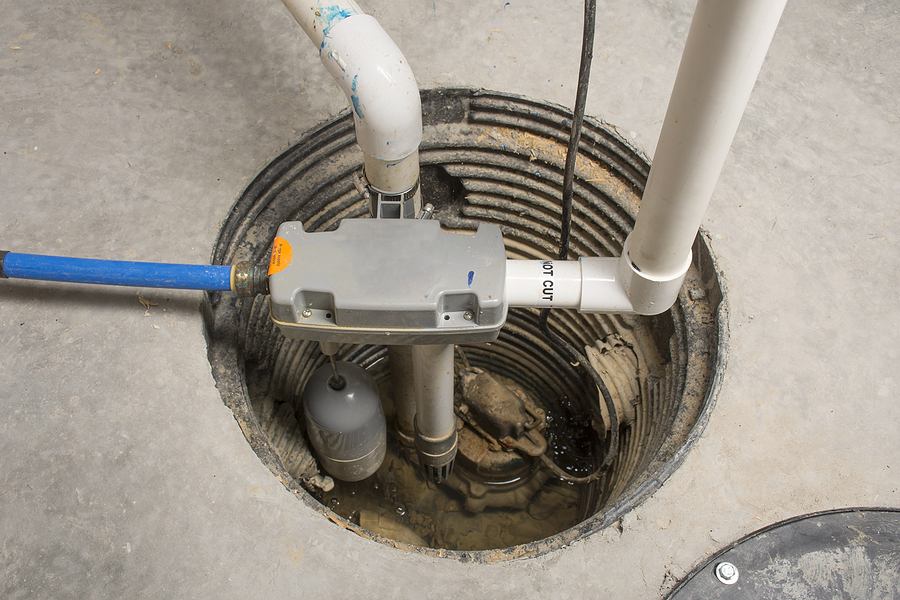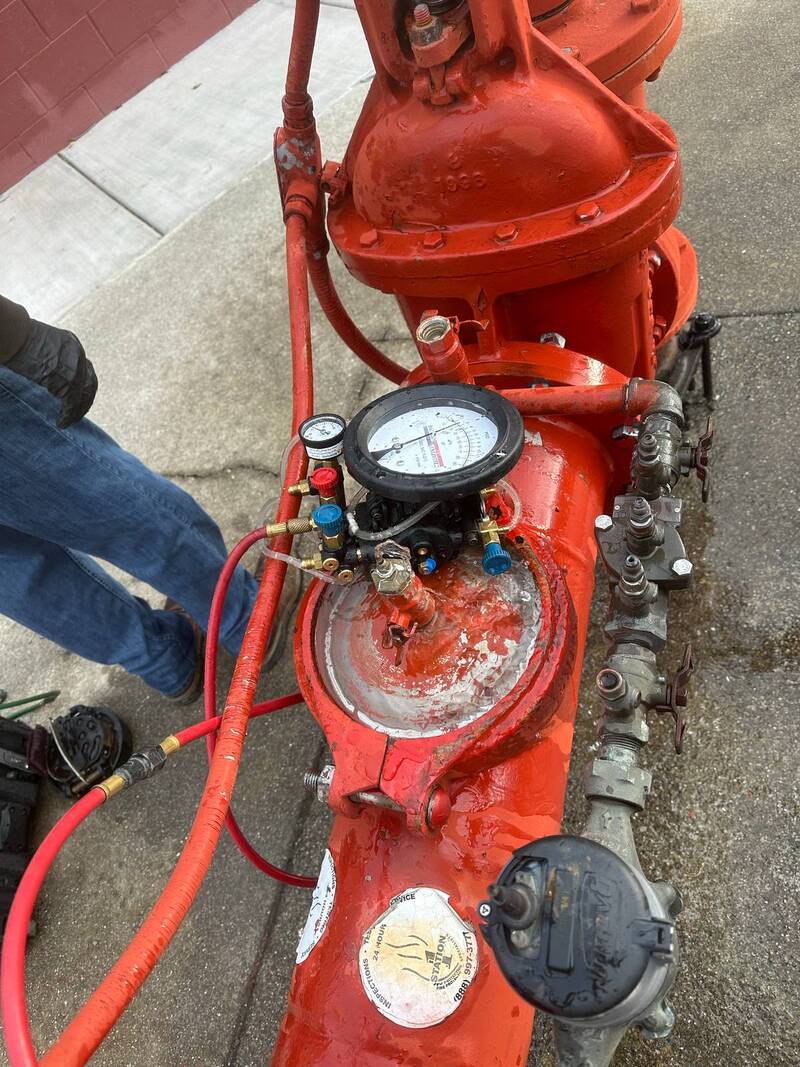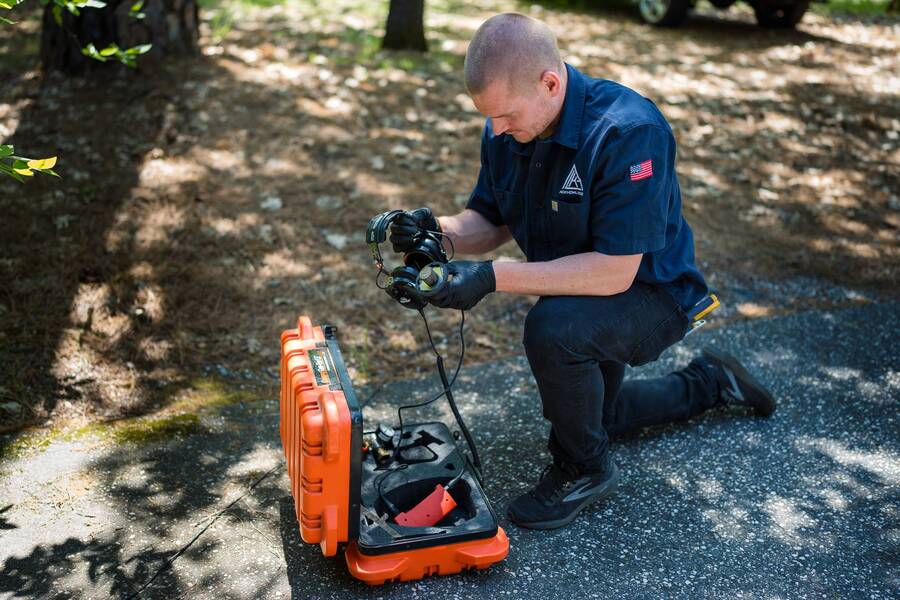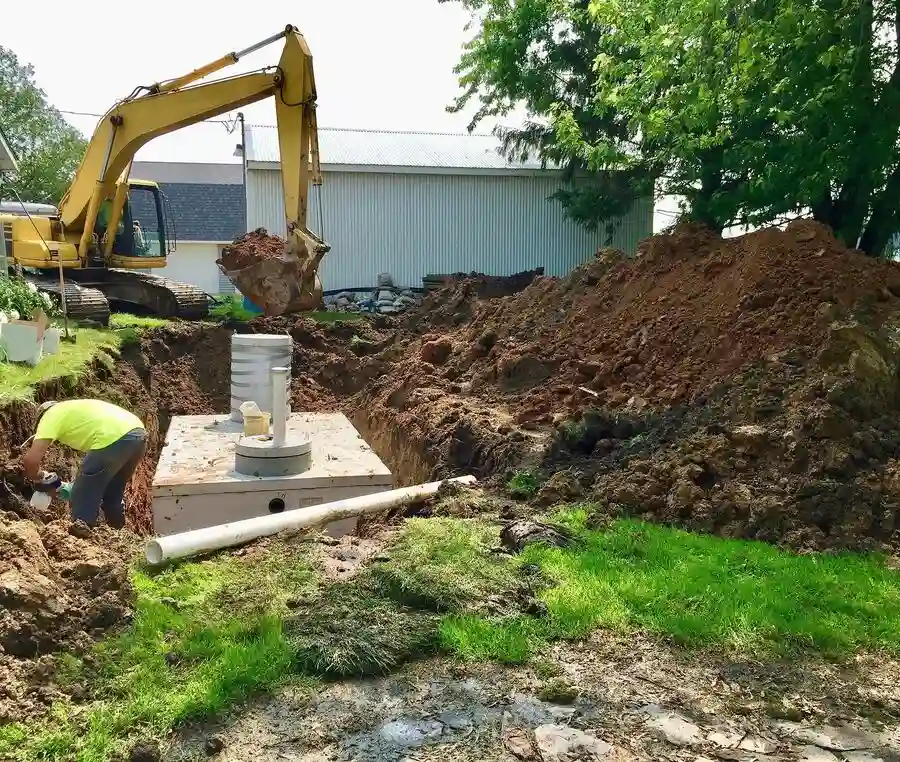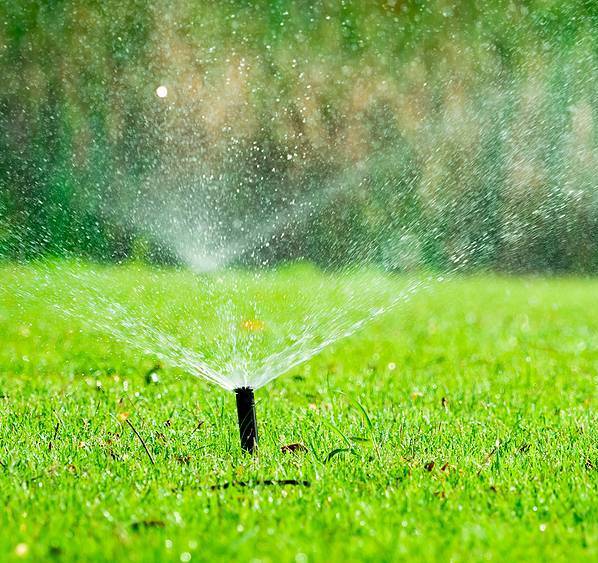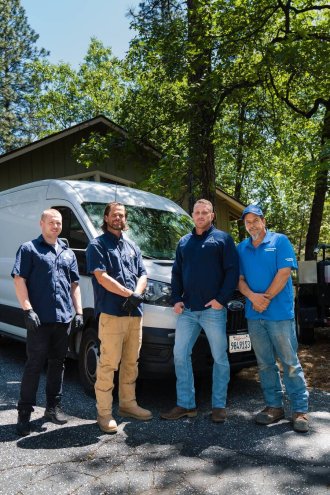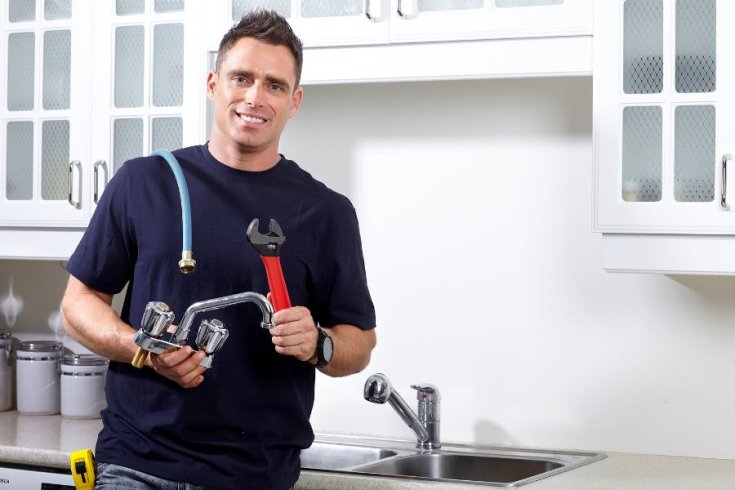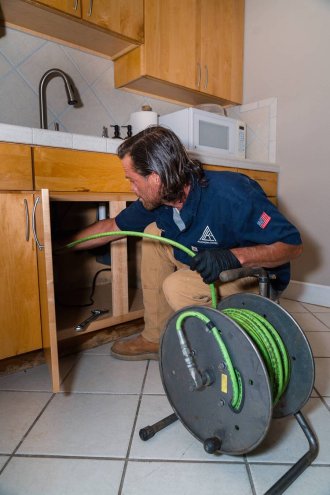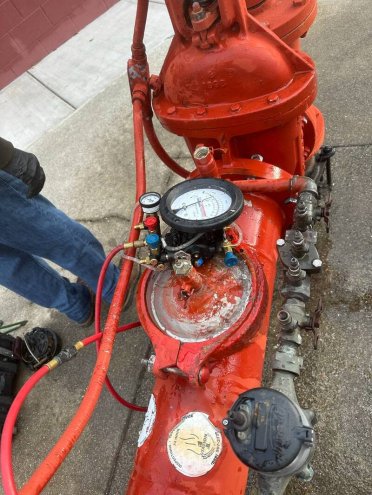Oct 10, 2025 A sump pump rarely crosses your mind until the day it stops working. The small pit in the basement keeps water where it belongs, and most homeowners forget it’s even there. When a storm blows through or the snow starts to melt, that pump decides whether your basement stays dry or floods. At Acknowledge Plumbing, we’ve seen countless cases where early warning signs were ignored and caused expensive damage that could’ve been avoided. Whether you’re thinking ahead or already suspect a problem, it’s worth learning what your pump is trying to tell you. Let’s look at five clear signs your sump pump may be reaching the end of its life and what to do before it fails completely.
1. Unusual Sounds or Vibrations
It’s normal for a sump pump to run after a storm, but it shouldn’t sound like it’s fighting to do the job. What you don’t want to hear is grinding or screeching. Those sounds are usually caused by a problem inside the motor or impeller. The impeller is the small fan that pushes water out through the discharge pipe, and if it’s bent or damaged, the motor has to work a lot harder than it should. Eventually, the extra strain leads to burnout. If your pump shakes or vibrates heavily while running, debris could be caught in the impeller, or the bearings may be worn out. You can try cleaning the pit and removing any small stones or dirt, but if the sound continues, it’s time to call a plumber for an inspection. Catching the issue early could mean the difference between a simple repair and needing full sump pump replacement.
2. It’s Running Constantly or Not at All
A sump pump that runs nonstop is almost as concerning as one that never turns on. If your sump pump runs nonstop, the float switch might be stuck, or the check valve could be failing. The float switch turns the pump on and off depending on the water level. When it gets jammed in the “on” position, the pump keeps running and can burn out fast. On the other hand, if the pump doesn’t start when the pit fills, the float switch might not be rising at all, or the electrical connection could be corroded. Both issues leave your basement vulnerable. The best move here is to test the pump monthly by pouring a bucket of water into the pit. If it doesn’t start automatically or stop when the water drains, you’ll want a plumbing repair service to take a look at it before a storm exposes the problem the hard way.
Backflow happens when contaminated water from outside your pipes reverses direction and…
Read More Water leaks, whether apparent or hidden, are a homeowner's nightmare. They can…
Read More When expanding your living space with an Accessory Dwelling Unit or a…
Read More From unexpected backups to soggy lawns, the signs of a failing septic…
Read More Do you want to keep your lawn and garden lush and vibrant,…
Read More Our Services
Acknowledge Plumbing provides 24-hour residential and commercial plumbing repair & installation services in Sacramento County and all surrounding areas. Call our office now to schedule a nearby plumber.
3. Visible Rust or Corrosion
Rust is a sign that moisture and time are breaking down the metal components inside your pump. Corrosion normally forms around the intake screen, motor housing, or discharge pipe. When that happens, moving parts can seize up or electrical connections can short out. Some homeowners mistake orange or brown discoloration for harmless mineral buildup, but bacteria called “iron ochre” can also produce rust-colored slime that clogs the pump and pipes. If you notice this, don’t wait until the next heavy rain to take action. Corrosion spreads fast once it starts. Cleaning might buy some time, but once rust reaches the motor or wiring, it’s safer to plan for sump pump replacement in Orangevale to keep you from dealing with an emergency flood later.
4. Strange Smells or Excess Moisture
A working sump pump keeps water moving out of your basement. When it starts to fail, stagnant water or mildew smells are usually the first clue. You might also see condensation on nearby walls or damp spots around the pit. These early signs can point to partial pump failure, meaning it’s still moving water, but not fast enough. Basements naturally have higher humidity, but if you notice a musty odor that wasn’t there before, check the pit. When the check valve starts to fail, water can flow back into the sump basin after every cycle. The pump ends up repeating the same work, which quickly shortens its life. A plumber can inspect the check valve, discharge line, and electrical connections to find the issue.
5. The Pump Is Over Seven Years Old
A well-maintained sump pump can keep working for seven to ten years, but once it reaches that age, performance usually drops, and the risk of breakdowns rises. If you’re not sure how old your pump is, take a look for a date on the housing or check any past maintenance paperwork. A unit that still runs during a simple test may not hold up once the rain starts pouring. Components such as the float switch and motor wear out gradually with use. You can replace individual parts, but at a certain point, full replacement is the smarter investment. Before the next rainy season, have a plumbing repair service inspect your setup. They can test water flow, electrical connections, and backup systems to see if you’re due for a new unit.
Protecting Your Home Before It Floods
Have you noticed the pump running longer than usual, or caught a whiff of a strange metallic smell but brushed it off? Staying on top of sump pump care can save thousands in repair bills and a lot of stress. Routine testing and cleaning help keep things in shape, but an annual inspection from a plumber adds real security. A professional can also confirm that the sump pit is properly sized and that your system is built for the water levels typical in your area. If your pump makes strange noises, shows signs of rust, or runs nonstop, take action before the next storm. Once flooding starts, there’s no easy solution.
Is It Time to Upgrade Your Sump Pump?
Your sump pump is one of the most important tools protecting your home from water damage, but it only does its job if it’s in good working order. Acknowledge Plumbing provides reliable sump pump inspections, repairs, and replacements that keep your home safe year-round. Whether you need quick troubleshooting, a full plumbing repair service, or complete sump pump replacement, our team is ready to help. Call today to schedule a visit or request an estimate.


